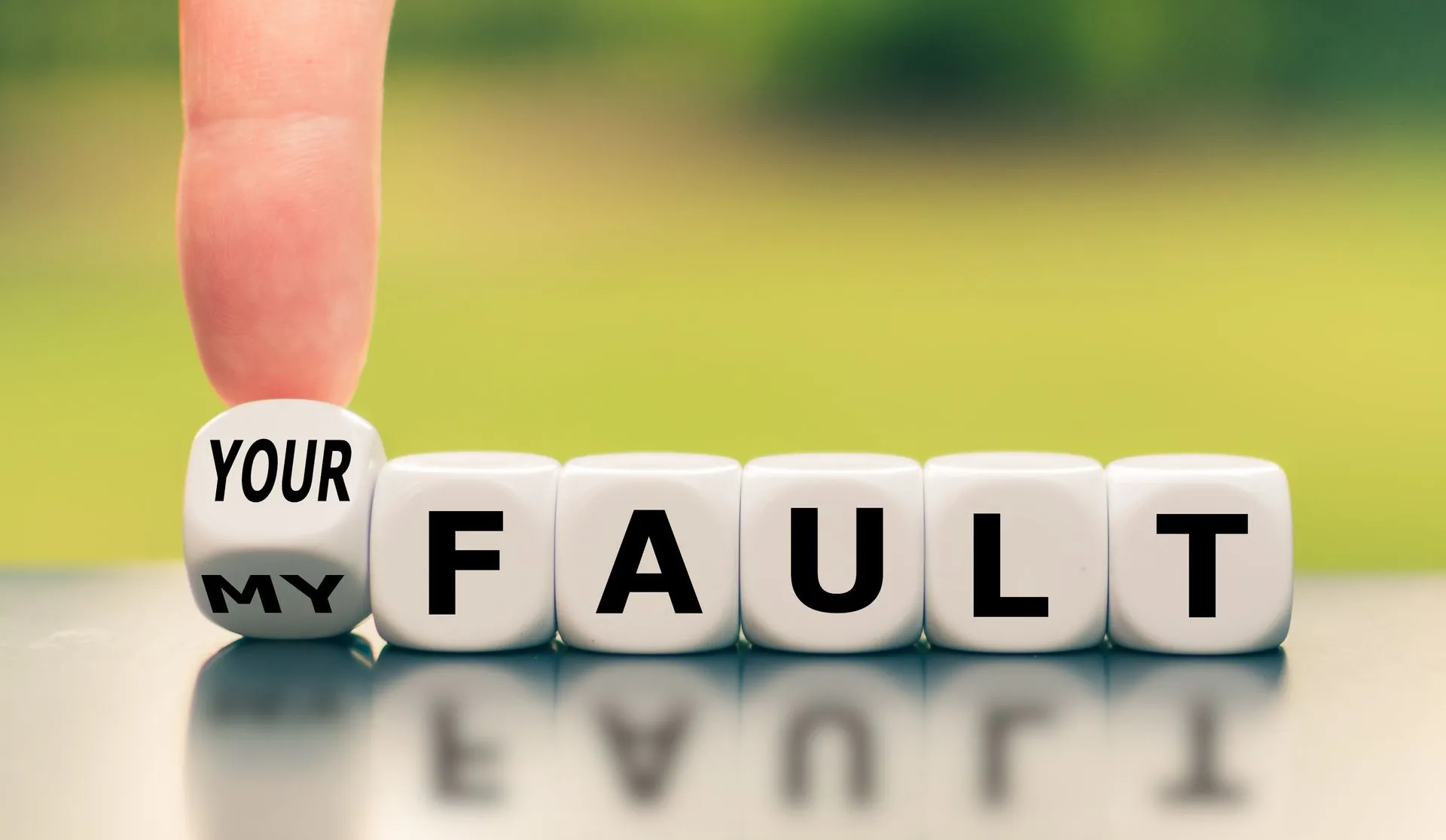
Many personal injury lawsuits aren’t straightforward. There may be cases where the other party’s at fault, but you made a mistake that undeniably contributed to your injuries. In defective product cases, the company is primarily responsible for designing or manufacturing a defective product or failing to include an adequate warning label or safety instructions, but a victim may have contributed to their injuries by improperly using the product haphazardly or installing it improperly.
Put simply, in some cases, no side is entirely at fault for the injuries, but one side may be more at fault than the other, and they should give the injured party at least some compensation. Ohio’s comparative fault system helps factor shared fault into compensation calculations in civil proceedings.
How Does Comparative Fault Work in Ohio?
The comparative fault law was adopted by Ohio in 1980 after Senate Bill 165 was amended. Its goal was to reduce civil torts while helping parties receive the compensation they deserve. In Ohio’s previous fault system, also known as contributory negligence, even if you were only 20 percent at fault, your right to any compensation was forfeited. The 1980 bill amendment addressed this inequity.
In a comparative fault (or comparative negligence) system, you are responsible for your portion of damages. Compensation is reduced proportionately to your percentage of fault, which means you won’t be barred from receiving some compensation if you made a minor mistake.
For example, if your total damages (medical costs, lost wages and pain and suffering) is calculated to be $20,000 and you were 20 percent at fault, the compensation owed would be reduced by $4,000. But you’ll still receive compensation for 80 percent of your damages, or $16,000.
Drawbacks of Comparative Fault
Because Ohio has a modified comparative fault system, a party can only receive compensation for damages if they are less than 49 percent liable. In a pure comparative fault system, you’re eligible to receive compensation for whatever your fault distribution is. If Party A is found 40 percent at fault and Party B 60 percent, Party B would still be eligible to receive proportionate compensation. But this isn’t the case in Ohio.
In the state’s modified comparative fault system, if either party’s fault percentage is greater than 50, they likely won’t qualify for compensation. If you’re found slightly more at fault, like in the 60 percent example, you won’t be able to recover financial aid for your medical bills, lost wages and pain and suffering. In cases where liability is split evenly at 50-50, no one will receive compensation.
Even when you’re objectively less at fault than the other party, the comparative fault system may not work in your favor. Regardless of the other party’s fault percentage, the injured person’s fault percentage still applies. For example, if a company is 80 percent at fault in a defective product claim, although they are clearly responsible for your injuries, your compensation will still be cut by 20 percent. This means it’s unlikely you’ll receive full compensation for your resultant damages.
While a small subtraction from your compensation may not seem like much, if you’re suffering from severe injuries that require expensive treatment and rehabilitation, even a minor deduction can force victims to pay an exorbitant expense out of pocket.
How an Experienced Defective Product Lawyer Can Help
At the Buckeye Law Group, we’ve built compelling defective product and Ohio personal injury cases for hundreds of previous clients and have successfully fought for the full compensation they deserve. Our attorneys will strengthen your case with robust evidence that clearly establishes who was at fault for your injuries.
In a defective product case, that may mean proving a faulty design, manufacturing defect or irresponsible distribution is clearly more responsible for the injury than you were as an individual user.
Our Nationwide Attorney Network Has Won More Than One Billion Dollars in Settlements and Verdicts for Our Clients
At the Buckeye Law Group, our dedicated defective product and personal injury attorneys will fight hard to protect you from unfair out-of-pocket costs. We’ll work hard to bolster your chances of receiving total compensation so you can make a full recovery.
Schedule a free one-on-one consultation with one of our lawyers by calling 1-800-411-PAIN or filling out our contact form.
Legal Steps for Families of Railroad Accident Victims
When Tragedy Strikes on the Tracks Railroad accidents are rare, but when they occur, they often result in catastrophic injuries or death. Families of victims are left grieving—and facing a
The Role of Speed Limits in Reducing Pedestrian Injuries
Why Speed Limits Matter More Than You Think Speed limits are not arbitrary—they are critical safety measures based on road design, pedestrian traffic, and historical accident data. For pedestrians, the
Surgical Errors: When the Operating Room Becomes a Legal Battlefield
Surgery Should Heal—Not Harm Every surgery carries risk, but some outcomes are simply unacceptable. Surgical errors—often the result of negligence—can leave patients with lifelong complications or even result in wrongful
Radiology Errors: The Hidden Danger Behind Medical Misdiagnoses
Why Radiology Accuracy Is Essential to Your Health Radiology is one of the most powerful diagnostic tools in modern medicine—but when errors happen, the consequences can be life-altering. From cancer
Motorcycle Accidents in Ohio: Protecting Riders After Serious Crashes
Injured While Riding? Here’s What You Need to Know Motorcycle riders are some of the most vulnerable people on Ohio roads. Without the frame of a car to protect them,
What to Do After a Drunk Driving Accident in Ohio
Hurt by a Drunk Driver? Know Your Rights and Legal Options Drunk driving accidents can change lives in a matter of seconds. One moment you’re safely driving home, and the
Gastric Bypass Malpractice: When Weight Loss Surgery Goes Wrong
Gastric bypass surgery has become an increasingly common procedure for individuals struggling with obesity and its associated health risks. While many patients undergo this surgery successfully and experience life-changing benefits,
Spinal Cord Injury: Understanding the Medical and Legal Consequences
Spinal cord injuries (SCIs) are among the most devastating physical traumas a person can endure. Often the result of serious accidents, these injuries can lead to a lifetime of pain,
The Importance of Sobriety Checkpoints in Preventing Accidents
Drunk driving continues to be a leading cause of fatal traffic accidents in the United States. Despite public awareness campaigns and strict laws, thousands of lives are still lost every
Understanding the Legal Consequences of Distracted Driving
Distracted driving is one of the most dangerous behaviors on the road today. Whether it’s sending a text, adjusting a GPS, or even eating while driving, taking your eyes or
